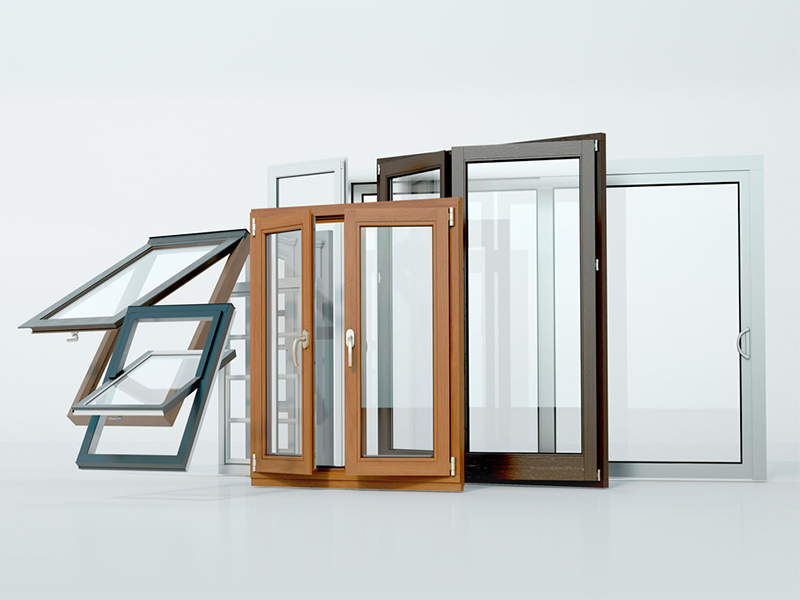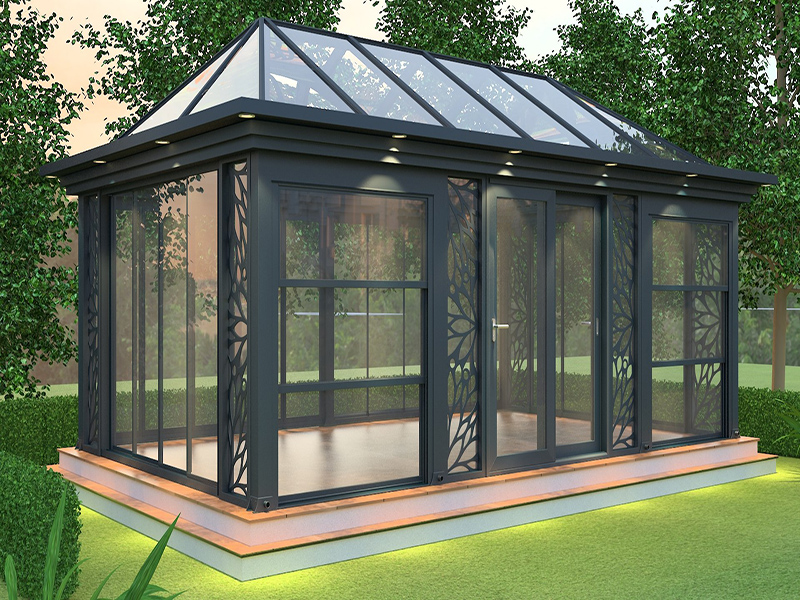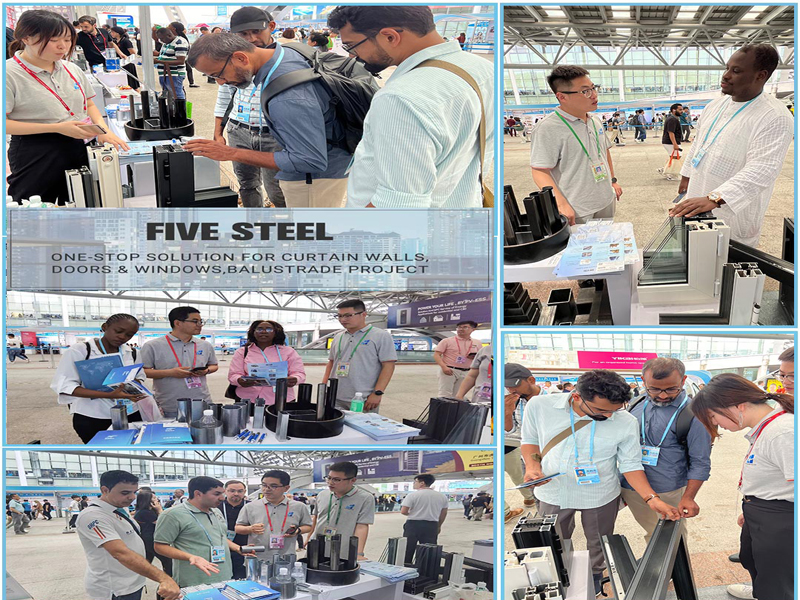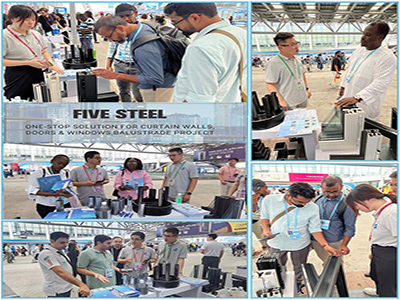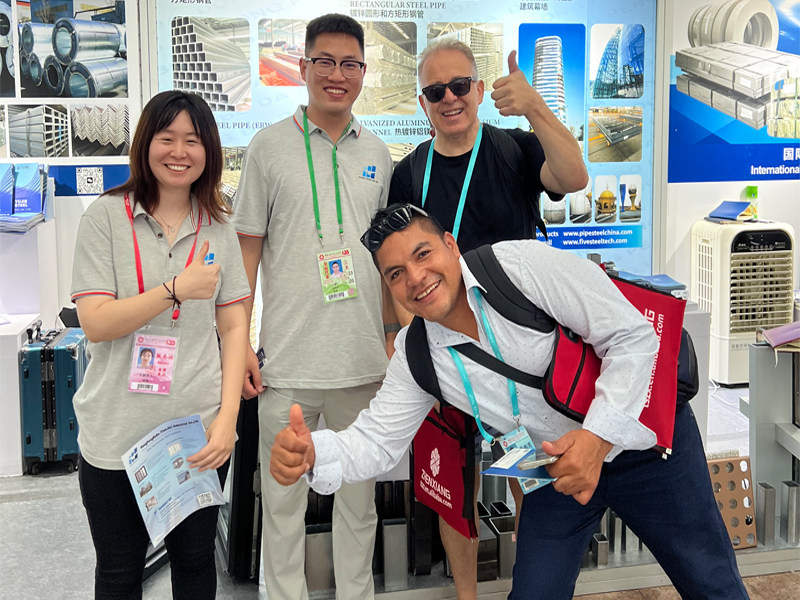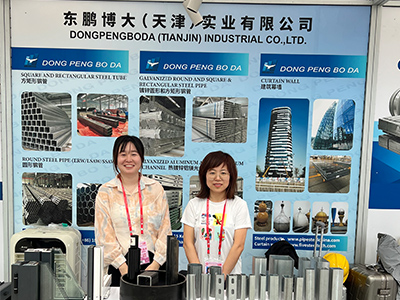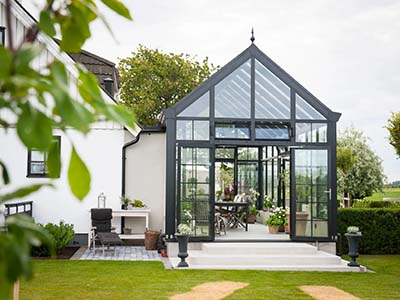Curtain wall new structural forms get more applications
2023-04-27
The grid system Usually the supporting structure of high-rise curtain wall building adopts orthogonal beam-column metal frame system. With the diversification of architectural function and architectural art requirements, new structural forms get more applications. Three oblique grid system is widely used. A hexagon is one of the geometric shapes that can fill a plane, so hexagonal mesh steel structures are also commonly used for curtain walls. The frame system The plane rigid frame or space rigid frame can be used as supporting structure system of curtain wall. Cable network structure The cable net structure is a cable system with pre-tension, which has the least shade on the glass curtain wall and is welcomed by architects. The tension of cable net should act on the main structure, so the main structure should be considered in advance. The cable net works under large deflection, which is usually controlled from 1/40 to 1/60 of the span. The height of Beijing New Poly Building is 160m, the crystal shape of cable net is 90mx70m, which is the largest single cable net glass curtain wall in the world at present. The two main cables are composed of 150 15.2mm steel strands, with a tensile force of 39000kN. Double ventilation curtain wall and photovoltaic curtain wall Double - layer ventilation curtain wall has been applied in super - tall building. The 632m-high Shanghai Center features two widely spaced glass walls suspended from horizontal steel structures by steel tube suspenders. The Nagoya Station front building is a spiral glass facade with an internal circulation ventilation system. With a height of 303 meters, Guangzhou Pearl River City is a typical green curtain wall structure with double ventilation curtain walls, photovoltaic roof, photovoltaic sunscreens and wind power installations. The curtain wall facade is divided into three sections, with two groups of axial-flow wind turbines installed in the space between each section. The space between the inside and outside curtain walls is a heat channel for internal circulation. The air is extracted from the raised floor through the heat channel to the air return pipe in the suspended ceiling, and then back to the raised floor. In this way, the circulation continues, greatly improving the indoor working environment. Currently, the tallest building in the Middle East with photovoltaic curtain wall is the CMA Tower, with a 76-storey height of 385m. Photovoltaic modules are installed on the roof and the sunrise wall of the tower, generating 300,000 kWh of electricity annually.




